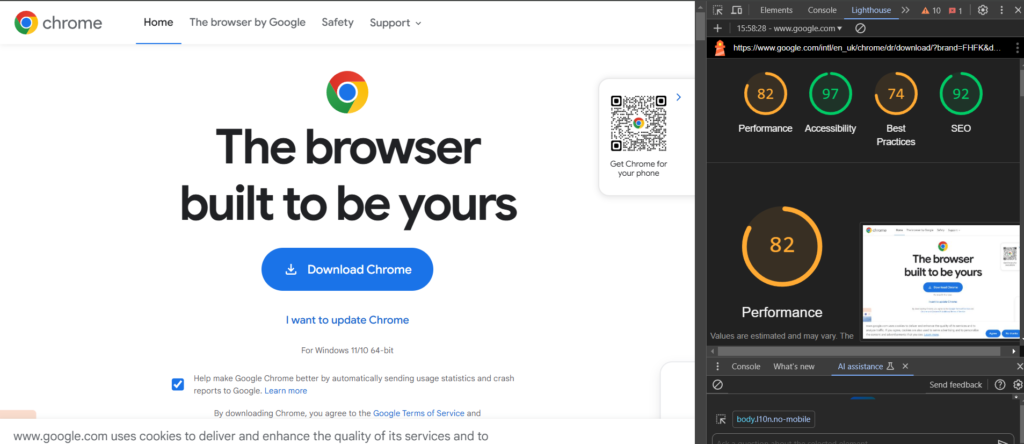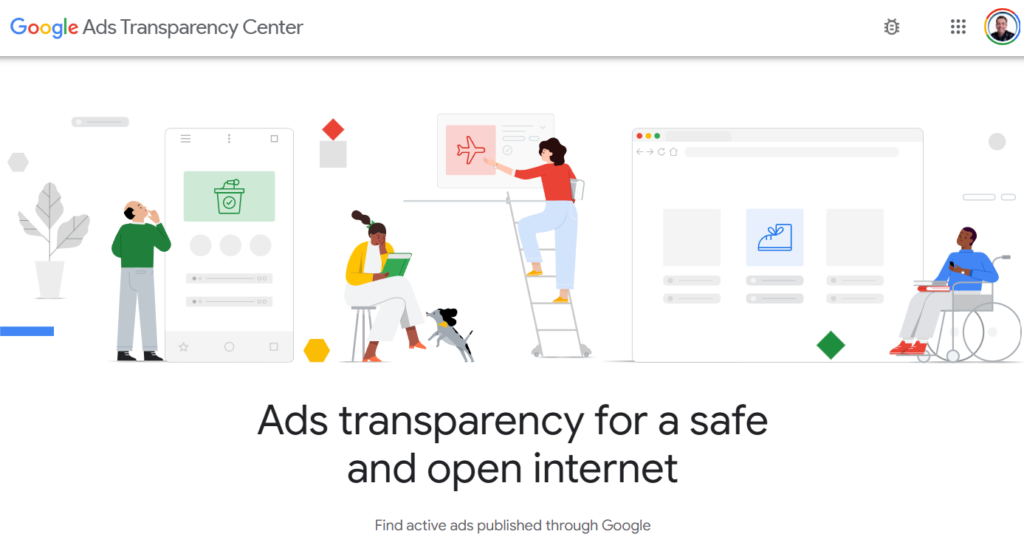Writing a good blog post is more than just a good idea. A blog post can increase your site’s search engine rankings, build customer trust, and help you connect with potential customers. I can’t cover everything in this post, but I will give you some essential tips for writing a good blog post.
I am not saying writing is easy, but with the right approach, it is not really that complicated. In fact, the hardest part of writing a blog post may be deciding what to write. Once you have an idea in mind, in mind, use these tips to write a blog post that your readers will love:
What makes a good blog post?
What makes a good blog post? Why are some posts successful and others unsuccessful? Those are questions I get asked all the time.
Let me answer that by first stating what a good blog post isn’t: it’s not written with the sole intention of making money. It’s not written with the sole intention of getting lots of comments or shares on social media. And most importantly, it’s not written with the sole intention of being read by Google bots for search engine optimization.
The Headline
You have probably heard “more people read the headline than the article” – this is simply because, if you write a poor headline, no one will bother to read the article. A headline is crucial for writing a good blog post because it determines the first impression that readers will have of the content. It serves as a teaser of what the post is about, and a good one will grab the reader’s attention and make them want to read more. A well-written headline can help increase the click-through rate and drive more traffic to the blog. So, put effort into crafting an impactful and attention-grabbing headline or use a tool like this one for inspiration.
The Introduction
The introduction is where you tell the reader what you are going to be talking about. In a blog post, it could be an overview of a new product that you’re introducing or how it came about. But don’t fall into the trap of just writing “In this article, we will introduce our new product and explain how it was developed”, this is how they teach you to write – it’s not really what people want to read. As with Copywriting, the job of the first line, or the introduction, is to make you want to read the next line, and the next, and so on…
The introduction should also give readers a reason for reading your content and hint at what is to come in the rest of the post. You can do this by using one or more of these techniques for writing a good blog post:
The facts
Give them an interesting fact or statistic. Fact: People love statistics! You can find lots of facts to include in your article on sites like Statistica and the ONS.

For example: Did you know that…? – Tell them something they don’t know yet but will be interested in learning (of course you need to make sure this information is true).
Or “You’ll be stunned when you find out…“. – Tell them something interesting related to your topic that has happened recently.
OR “Have you heard about…?” – I think you are getting this now, right?
Tell readers what they will learn
After you’ve grabbed the reader’s attention, the next step is to tell them what they will learn. This is a preview of the main point of your article.
You can tell readers what they will learn in two ways:
- Use a headline that summarizes your entire blog post
- Do this in the first sentence of your blog post
- Tell readers what they will learn in the first paragraph of your blog post
Telling readers what they will learn in the first paragraph of your blog post is a great way to grab the reader’s attention and make them want to keep reading.
Get to your main point quickly
If you’re like me, when you first started writing, you probably tried to be as detailed as possible. Inexperienced writers do this Because they are worried that if they don’t give a thorough explanation of everything the audience might not get what they are trying to say. And even though this seems like a good idea in theory—because it shows that you’re careful about what you write—it actually ends up being bad for your blog post!
This is because people don’t read blogs like they do books or magazine articles; they skim. So when someone reaches the end of one of your paragraphs and has no idea what your point was (or worse yet, didn’t finish reading because they got bored), then guess what? You’ve lost them forever. This is why getting right into making a point is so important to remember: just like with any other kind of writing, clarity comes before lengthiness in blog posts too!
Now let’s look at how we can make sure we always know exactly what our points are going into an article:
Find your voice
Your blog is a part of who you are as a writer and person or the human side of your business. Don’t be afraid to showcase your personality through your blog. Personal writing can deepen the connection with your readers as they appreciate honesty and can relate to similar struggles. Integrating personal experiences into your writing can add a human touch. Whatever you write there are plenty of ways for writers to integrate personal experiences into their writing without seeming self-obsessed.
Now it’s your turn!
I hope you found these tips for writing a good blog post, useful. There are many resources online to help you write better. You can find blog post templates for many different blog writing formats and of course lots of tips for writing. But my advice, if you want to learn how to write great blog content, is to search for a topic and read those blog posts. What appeals to you most about them, you can emulate the style, layout, headline and introduction and add your own twist. Follow these steps and you will be consistently writing great blog posts, in no time.



